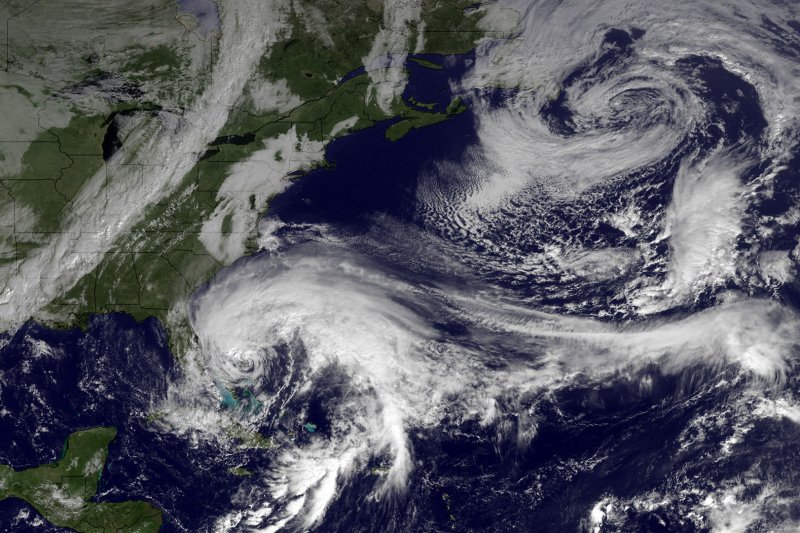LONDON, Feb. 6 (UPI) -- Researchers in the UK have embedded climate data onto the Google Earth platform, allowing users to visualize changes in weather and temperature over time, and in some instances reference records as far back as 1850.
The project, carried out by climate scientists at the University of East Anglia, is part of a broader effort by those who study climate change to make the worrisome phenomenon more accessible and transparent to the broader public. The effort also helps to localize the problem of climate change, allowing users to see how the weather in their backyard and within their region is changing over time.















